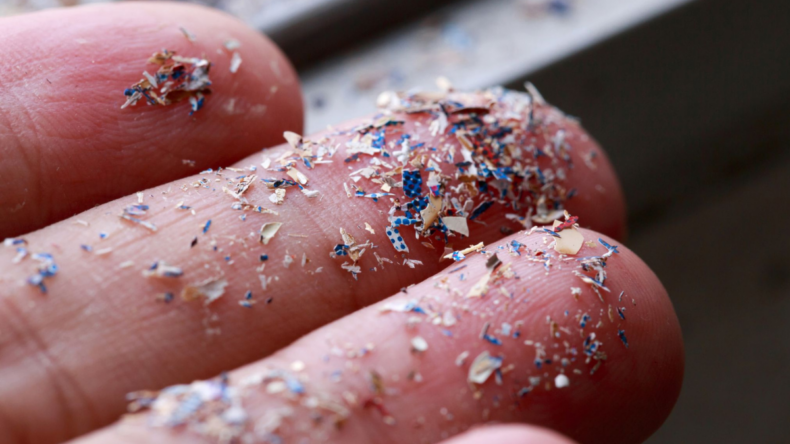Microplastics, which gets used for creating a broad range of home items, are found in 8 out of 10 people’s blood samples for the first time.
Recently, a group of scientists in the Netherlands conducted a frightening new study that revealed the existence of plastic particles in human blood. According to the findings, microplastic particles got found in the bloodstreams of 77% of individuals examined.
According to a study conducted by Dutch experts, the most common kind of plastic detected in human blood was polyethylene terephthalate (PET). PET is widely used to pack water, food, and clothing.
As per the statement in the British newspaper The Independent, the author of the research finds that plastic may enter the human body via air, food, and drink. Plastic particles may come from cigarette filters, textile fibers, cleaning or personal care products, vehicle and truck Tyres dust, as well as bigger plastic items broken down by the sun, wind, and waves.
Findings: A serious concern
The study’s results are ‘concerning.’ Since they reveal that human “presumably swallow or inhale so much plastic that it may get identified in the bloodstream.” Professor Dick Vethaak of Ecotoxicology and Water Quality and Health at Vrije Universiteit Amsterdam mentioned in the paper. He mentioned that the study be expanded, with larger sample sizes, more polymers evaluated, and so on.
Microplastics in humans’ bodies aren’t uncommon. They have previously got identified in the brain, stomach, placentas of fetuses, and adult and baby feces. But this is the first time they have discovered it in the blood. Plastic particles in the body may potentially cause persistent inflammation.
Five types of Plastics: Put to the test

Microplastics are small bits of plastic with a diameter of fewer than 0.2 inches (5mm). This plastic is a severe source of pollution. Polypropylene, Polystyrene, Polymethyl Methacrylate, Polyethylene, and Polyethylene Terephthalate got tested in the blood of 22 people (PET).
The researchers did take aback when they discovered that 17 of the 22 blood donors had a measurable number of plastic particles in their blood. Following PET, polystyrene was the second most prevalent plastic identified in human blood samples. This kind of plastic gets often used in a broad range of home items.
Polyethylene, which gets used to make plastic carrier bags, was the third kind of plastic discovered by scientists in blood. According to the research, polyethylene terephthalate gets discovered in the blood of 50% of the participants examined. Polystyrene got found in the bloodstreams of 36% of those tested.
The harm
According to research published in 2021, microplastics in non-human animals may induce intestinal inflammation, gut microbiota abnormalities, and other issues. It may also cause human cell membranes to distort.
Humans consume an enormous quantity of plastic. People swallow tens of thousands of tiny particles per year, according to 2019 research. And the WWF estimates that humans consume enough plastic to fill a cereal bowl every six months.
Prevention from Microplastics
- Microwave meals in glass or ceramic.
- Take filtered tap water.
- Discard takeout cups.
- Avoid hazardous plastics (3, 6, 7).
- Utilize non-plastic, non-microbead cosmetics.
- Limit seafood intake
- Use loose-leaf tea instead of tea bags.
- Dust and vacuum on a regular basis.
- Encourage measures limiting single-use plastics.
The industry is investing in recycling and innovative recovery technologies. And they teach people how to recycle to ensure that every product has been put to the greatest possible use.
Published By: Apoorva Wakodikar
Edited By: Subbuthai Padma













